If you’ve seen the Laowa 24 mm probe lens around you’ve probably asked yourself: Is this the right lens for you? The Laowa’s Probe Lens is without a doubt the single most unique and strangest looking lens I’ve ever used. Prior to purchasing it, I read and watched several reviews by photographers who mostly agreed it was a fantastic lens, but too niche unless you predominantly shoot small subjects. Being a miniature and toy photographer I thought, “Hey! That’s me!” I’d probably use that lens almost exclusively!” and went ahead and bought one.
While it happens to be very well-suited to my particular style of toy photography, it isn’t the exclusive lens for toy photography that I thought it would be. Much like Liam Neeson in the movie Taken, this lens has a very particular set of skills. Over the 18 months that I’ve used it, I’ve learned through trial and error when to use it and when another lens might produce the same or better results. Because of that, this article is not intended to be an endorsement nor a condemnation of the lens, but rather asks a few questions to help you decide whether it would enhance your particular style of toy photography.
How does the Laowa Probe lens differ from other macro lenses?
Most macro lenses have focal lengths between 50mm and 200mm with a 1:1 magnification and f-stop values of 1.8 to 2.8 at the low end. They allow you to capture very small subjects close-up, but with a narrow field of view with little room for anything else in your frame and a small depth of field which may require focus stacking in order to get your entire object into focus. The Laowa Probe Lens, however, is a 24mm wide angle lens with an aperture range of f14 – f40 and a magnification ratio of 2:1. This allows you to capture small subjects as close a 2 cm in front of the lens while showing a lot of the background with a greater depth of field.
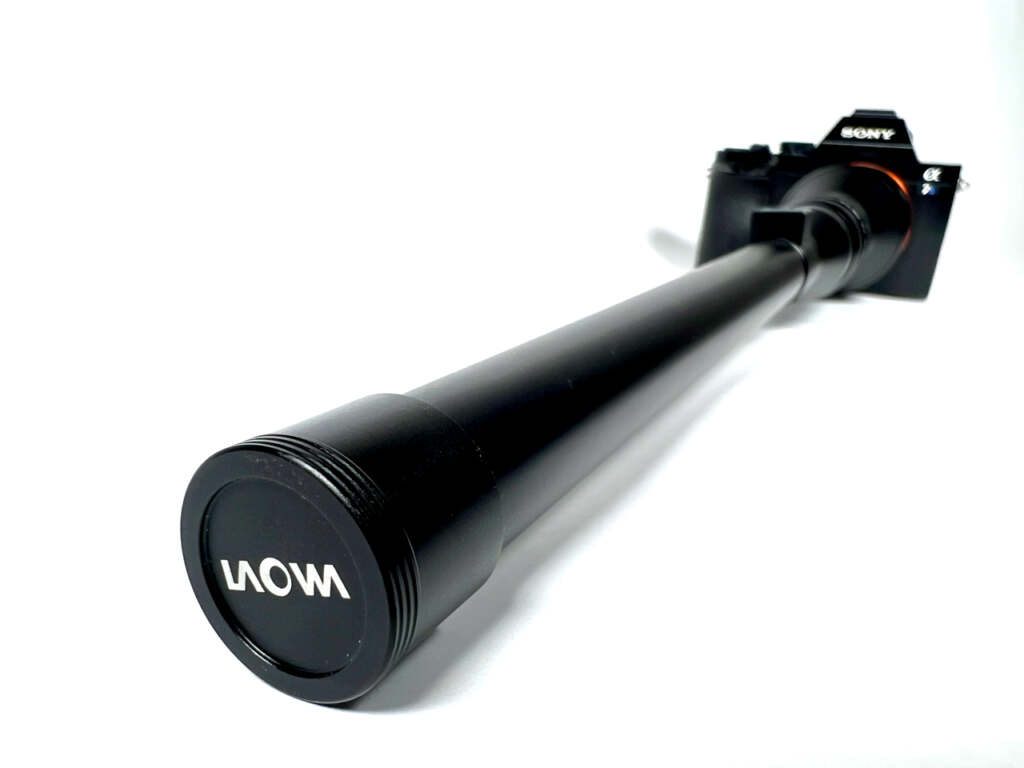
It is an odd looking lens with its narrow 3.8cm barrel that stretches 41 cm long while being surprisingly light for its size. This weird shape allows you to get your camera lens into areas that would not be possible with traditional lenses. It features a small LED ring light around the front of the lens that requires a usb-c cable and separate power source allowing additional light on your subjects. The front of the barrel is waterproof allowing for underwater photography at shallow depths.
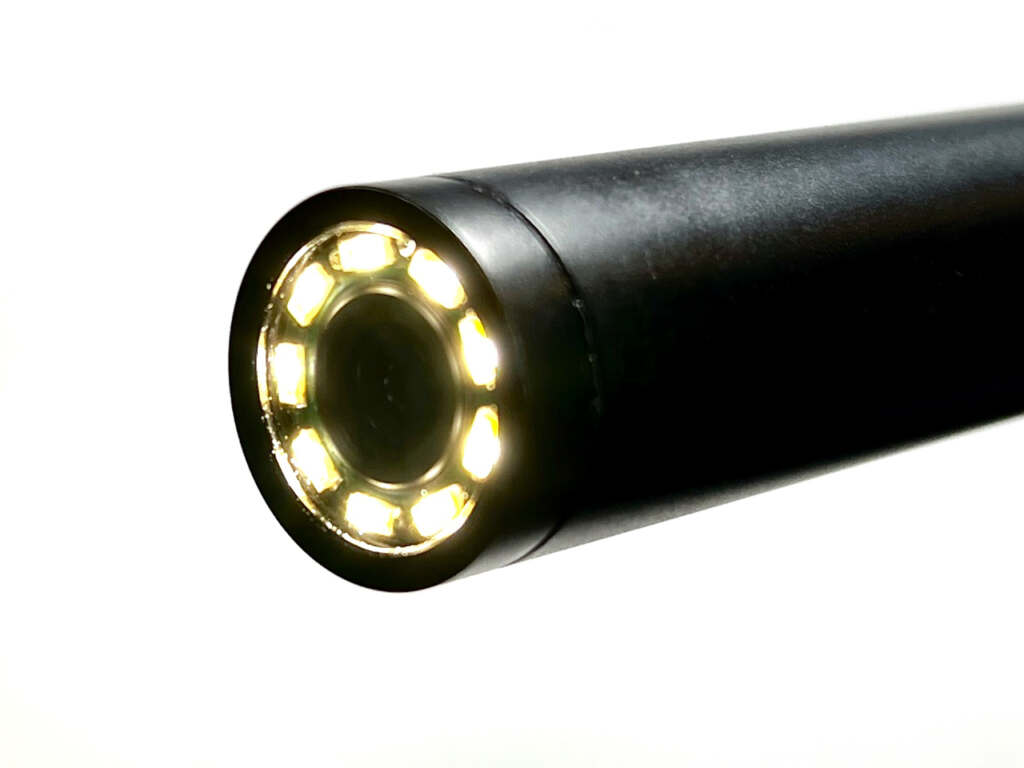
Budget often weighs heavily in our decisions to purchase new gear and this lens sells for around $1500.00 USD. Although if you’re patient you can probably pick up a used one at a fair price.
Now that we’ve gone over the basics, here are a few questions to ask yourself before deciding if the Laowa is right for you.
Are you comfortable shooting in manual mode?
There are no electronics on this lens outside the LED lights. Focus and aperture are handled manually. Depending on available light, you may require a tripod and longer exposures or higher ISO ranges to compensate for the higher aperture range, especially as you get closer to f40. On a bright sunny day you can get faster shutter speeds and shoot handheld just fine. If you’re primarily an indoor studio photographer you’ll want to pour lots of light on your subjects or open your shutter longer to get proper exposure.
I haven’t found the front LED light very useful for toy photography. Most toys are plastic and reflective and there is just too much light directly on your subject. This is particularly true with shiny subjects like Lego. Although the built in light can act as a fill light when shooting outdoors to bring up details in the shadows.
You’ll need a good understanding of the classic exposure triangle and your camera’s manual mode to get properly exposed images. If you like letting the camera do the work for you, this lens may have a steep learning curve for you.
Do you often photograph small objects?
Well, duh. Obviously! We’re all toy photographers, so of course we do! This is why I initially thought I’d use this lens almost exclusively. But here I’m talking about really small figures, like HO scale figures standing only 2 cm tall or Lego Minifigs which stand around 4 cm tall. The 2x magnification of this lens fills the frame with the tiniest of objects, while retaining a wide angle shot that shows more of what’s happening in the background. The shot below is of small HO scale figures. The car in the background is a Matchbox car. I initially bought regular M&M candies but they proved to be too large and blocked most of the scene so I had to resort to M&M Minis.
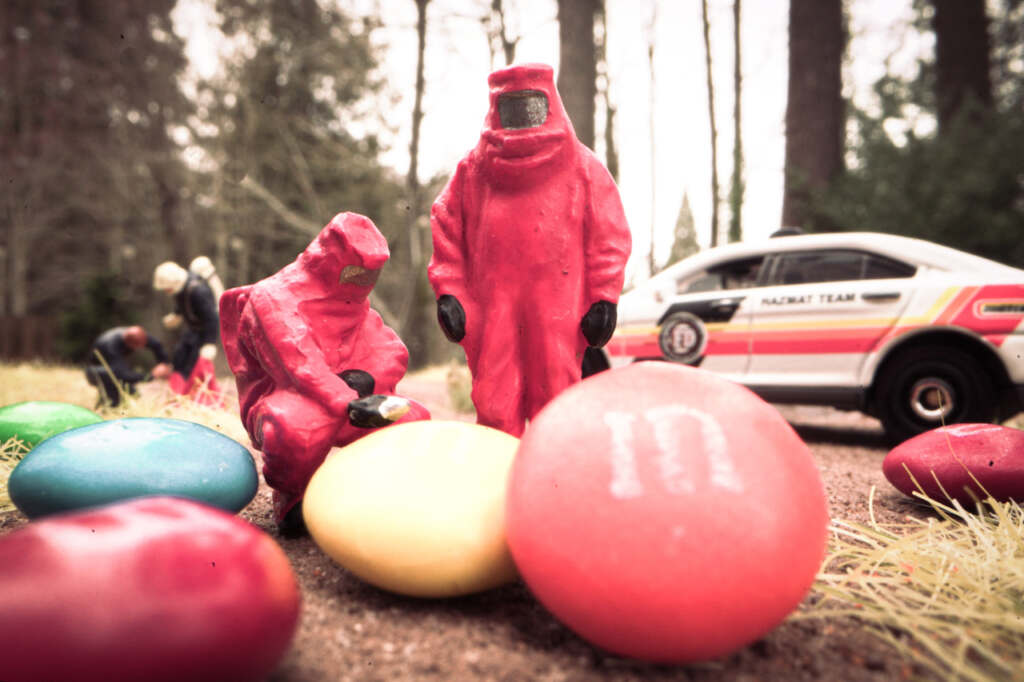
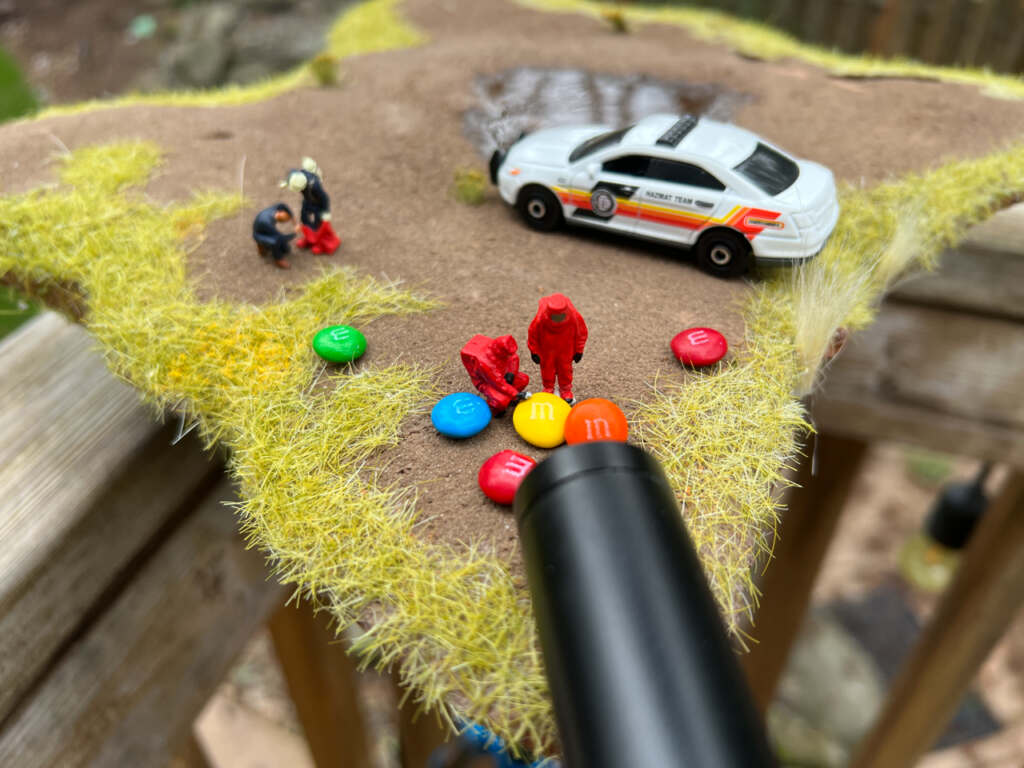
Lego minifigs have such expressive faces, so why not try some minifig portraiture? The probe lens allows you to get so close to the figure’s face that you can see the small speckles of the paint spray.
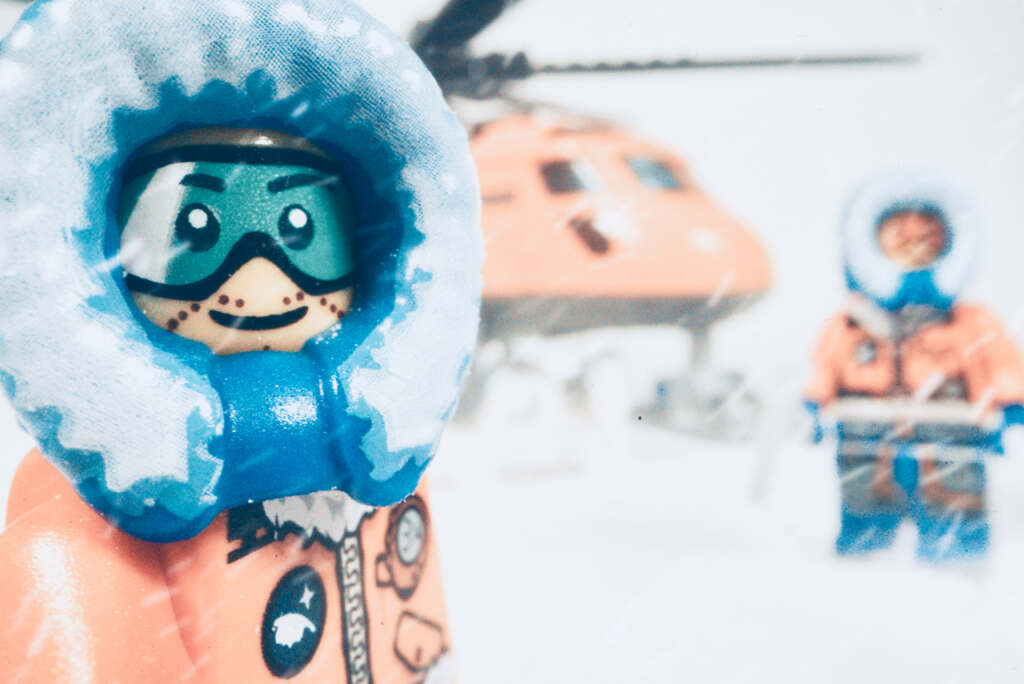
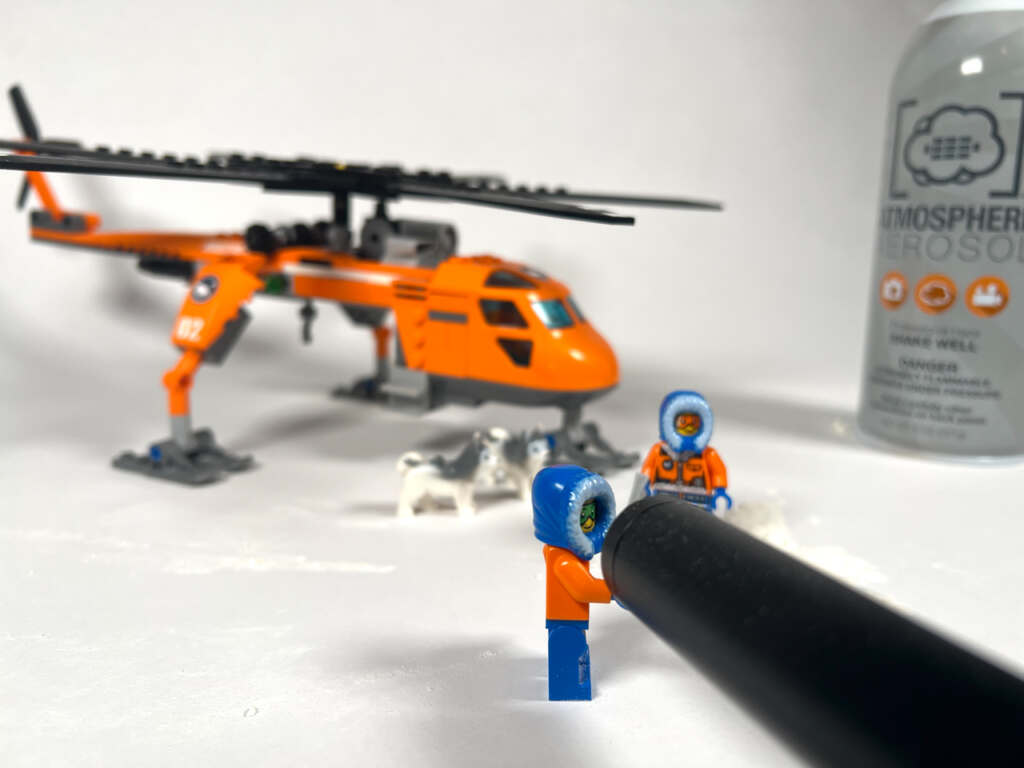
I don’t do much Lego photography so if you really want to see how beautifully this lens works with Lego, check out Feature Friday on Cornelius Dorgan aka @toymasher.
If you’re going to shoot larger, standard-sized figures ranging from 1:18 scale to 1:6 scale, you are either going to want to push in for close ups or get creative with your composition, which leads me to my next question…
Do you like to push your creative boundaries?
gain, duh. We’re toy photographers! Of course we do! This lens absolutely almost forces you to think outside the box. For “Jantmanuary” I took a photo that was a play on Ant-Man and the Wasp. I initially tried a zoom lens with a shallow depth of field in order to hide detail in the background that would give away their scale. It turned out okay but I wasn’t happy with the results. I switched to the Laowa probe lens and immediately started coming up with different composition ideas, including moving the body of the wasp closer to the camera and taking a more upward angle showing a bit of its underbelly. The wide angle made Ant-Man appear much smaller in comparison to the foreground wasp.
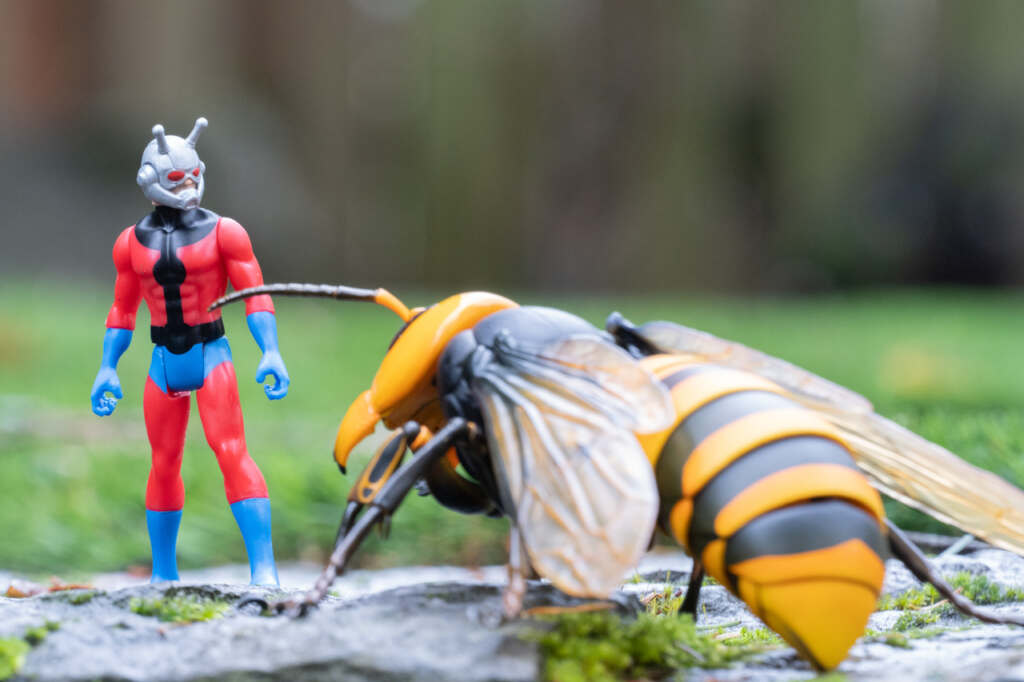
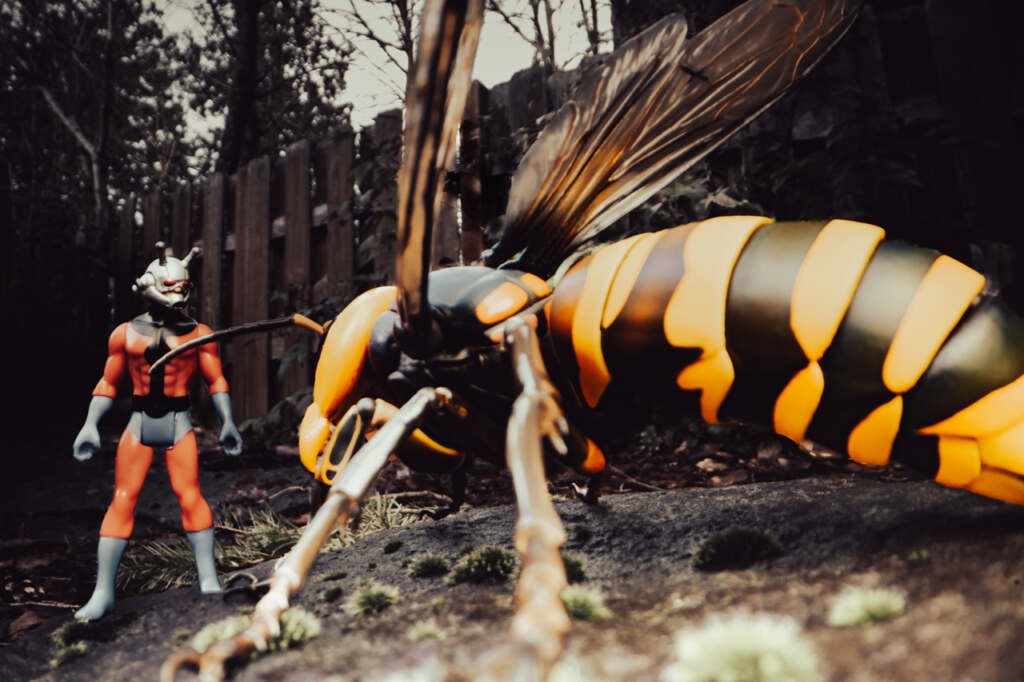
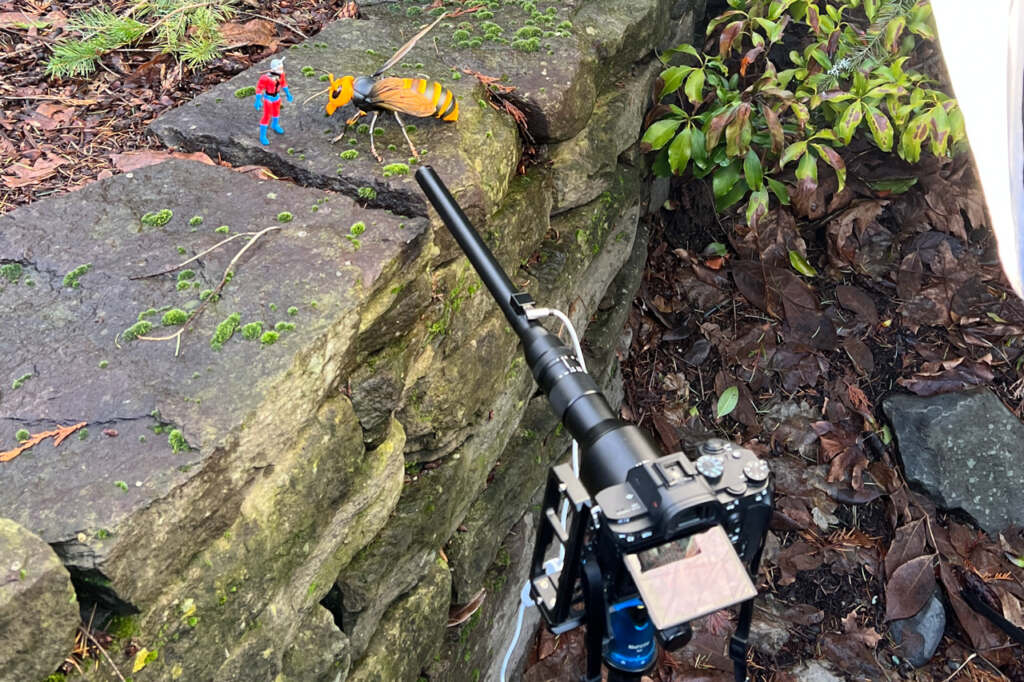
The small size of the lens barrel allows you to place the camera’s eye in smaller areas than you could with a traditional lens. Shots that were previously impossible with any other lens become realities.
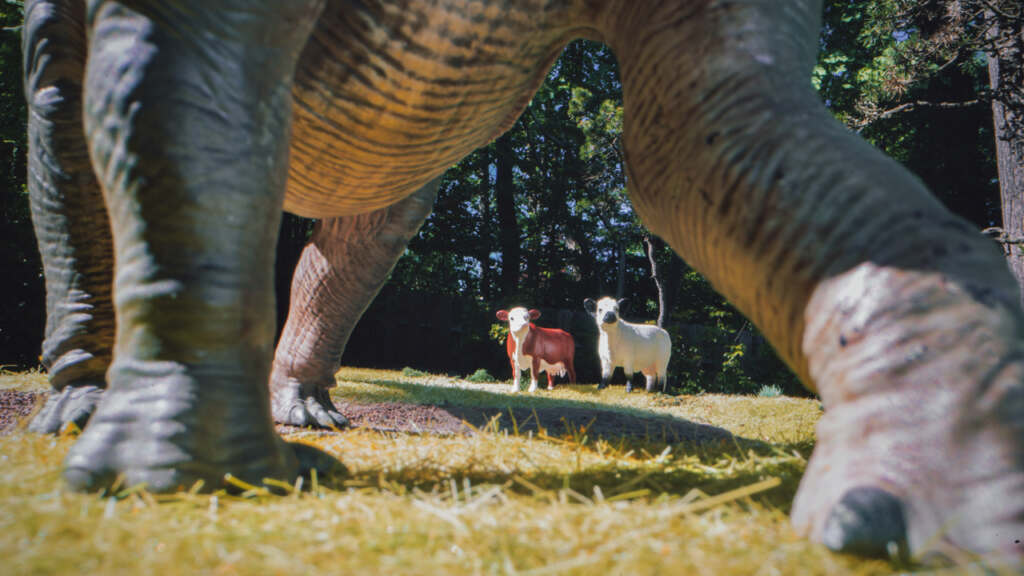
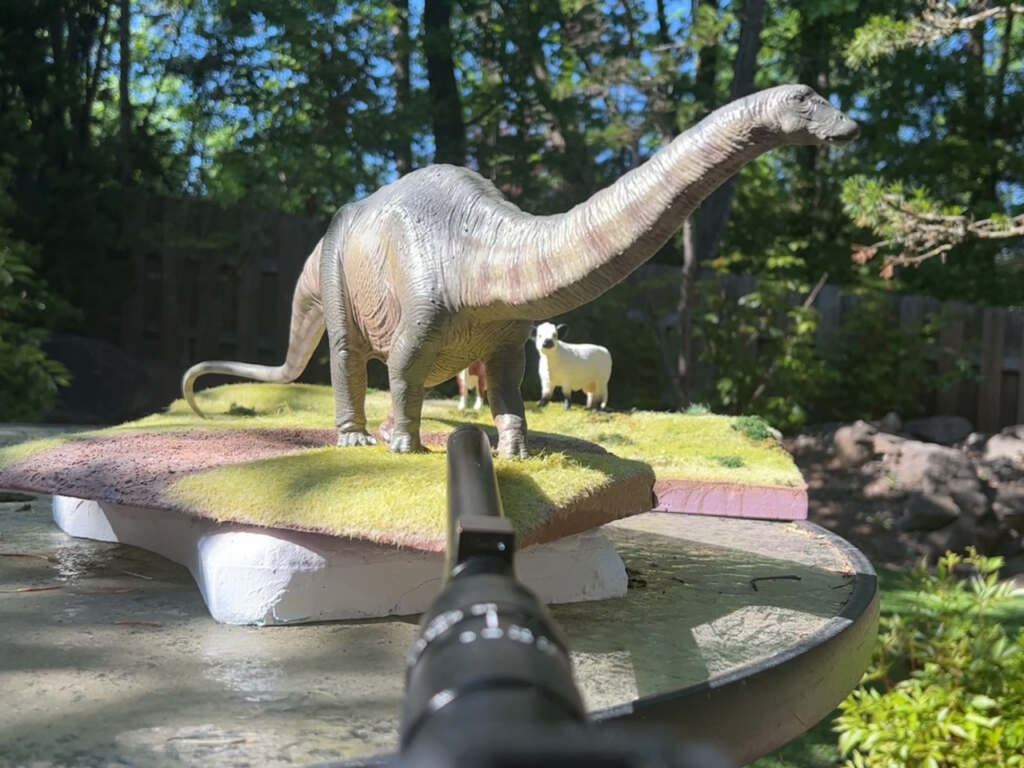
Here I was able to put the camera lens right between the legs of a dinosaur and shoot from underneath its belly to exaggerate the enormity of it. The cows appear even smaller than they are due to the nature of a wide angle lens.
The small size of the lens also lets you place it inside small spaces like Lego structures, diecast vehicles, dollhouses or any other space too small for a traditional lens.
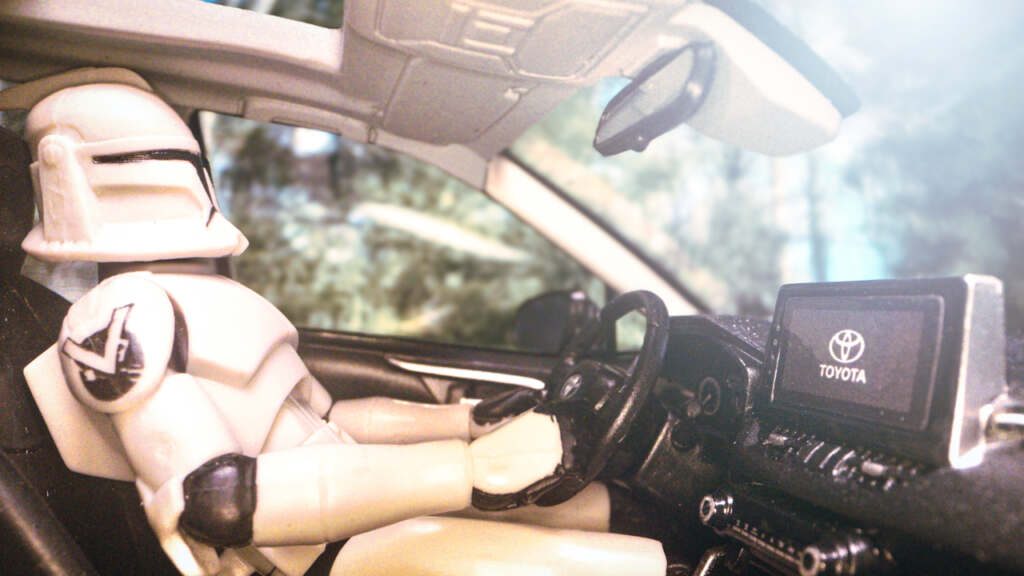
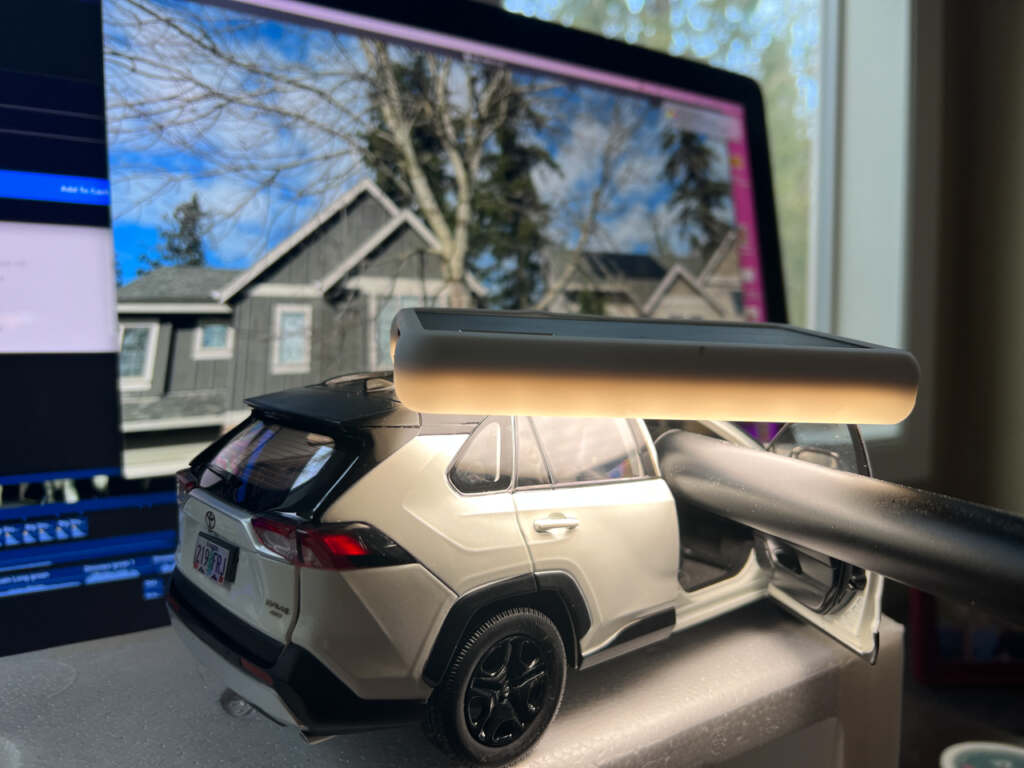
Forced Perspective
Speaking of forced perspective toy photography, it happens to be my favorite way to shoot and this lens delivers in a way that makes me reimagine what toy photography can be. Recently I started experimenting with the idea of toys interacting with people so they appear to be occupying the same space. The gorilla is 1/12 scale while I am 1/1 scale. The higher f-stop values allowed me to get both the gorilla, myself and the trees in the background all in focus. No compositing. No focus-stacking.
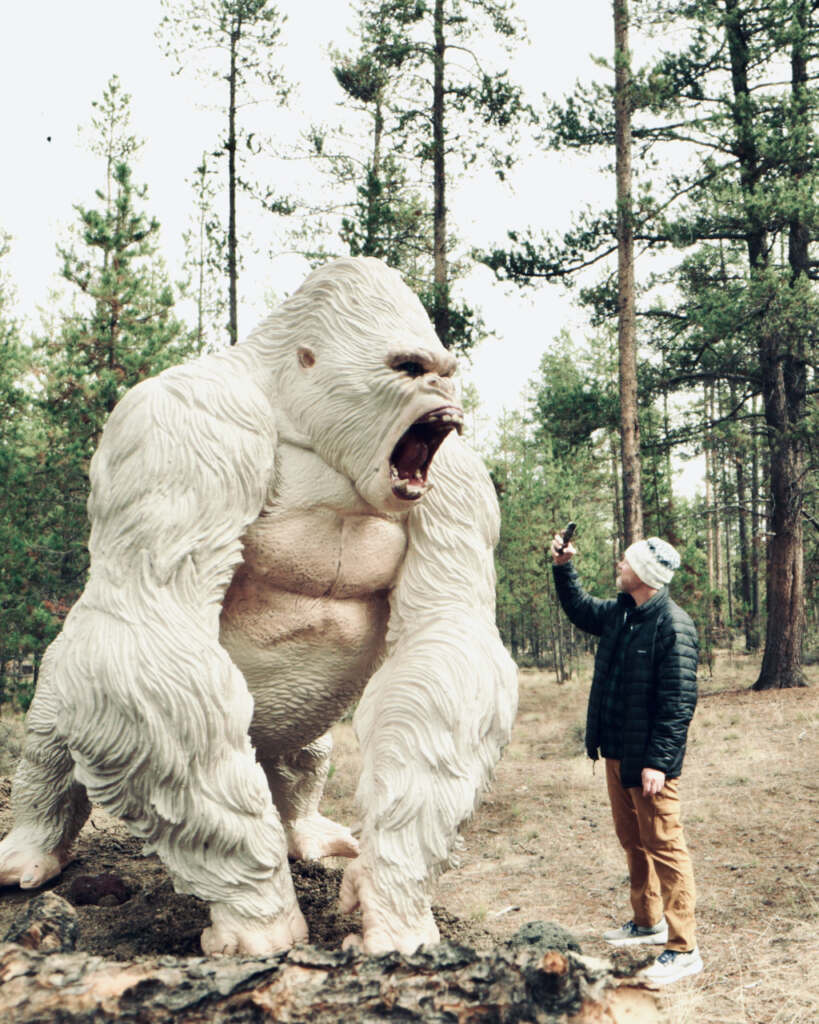
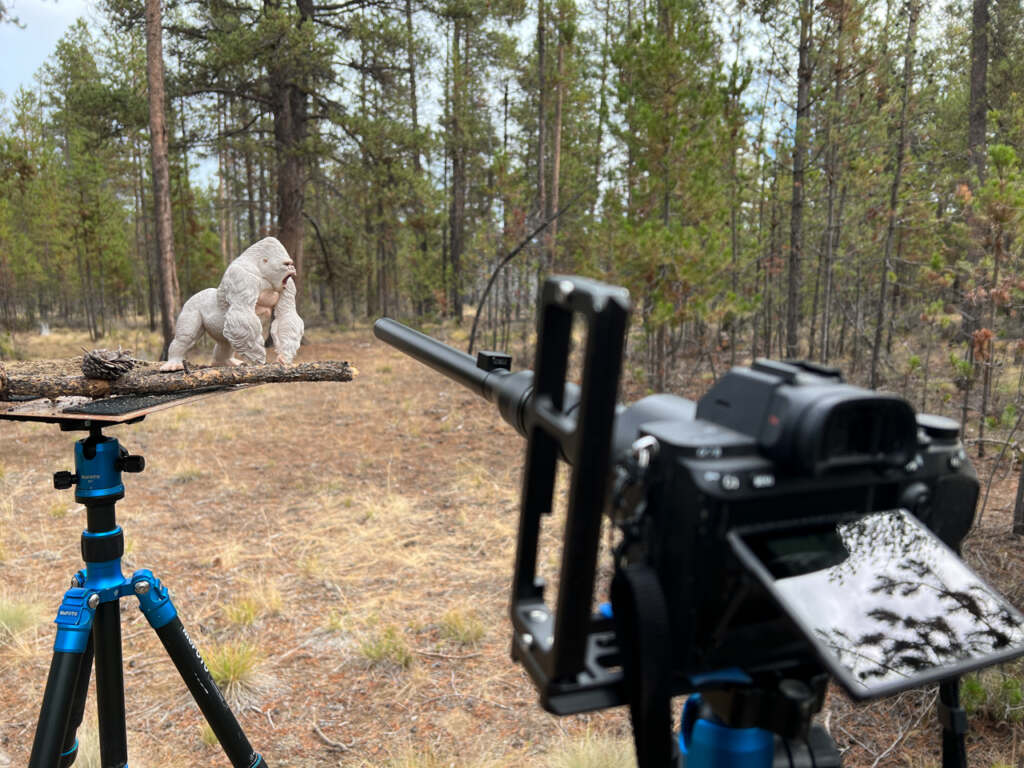
In conclusion
In short, if you don’t plan on using the lens in the way it’s designed to take advantage of its incredible macro, wide-angle abilities on a fairly consistent basis, what you end up with is a very expensive, very slow and very weird looking manual 24mm lens. As I said earlier, the challenge for me was learning when to use it and when another lens would accomplish the same shot.
I personally love this lens and feel like it has opened my creativity. I’ve started doing more videos of my toys using the probe lens. When you put this lens in motion on a smooth slider and have it track through your scene, the lens shows its full potential. I mentioned that the lens is submersible, but I have yet to try any underwater photography yet.
I hope this has helped you decide if the Laowa 24mm probe lens is right for you. If you have the opportunity to either rent or borrow one, I would recommend giving it a try before you purchase. If you have any questions you can find me on the MeWe Toy Photographers group and on Instagram as @cawhitlow.



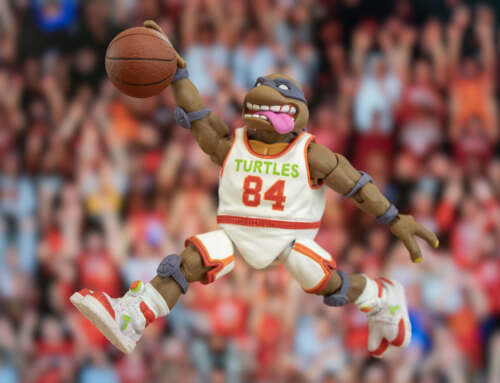
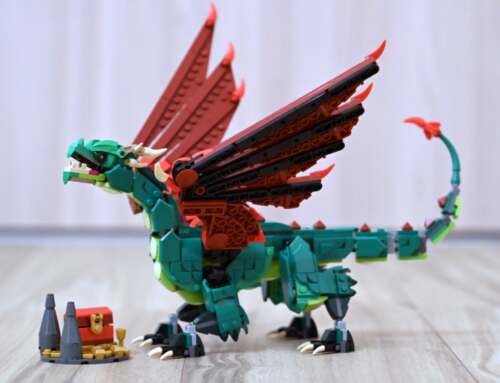
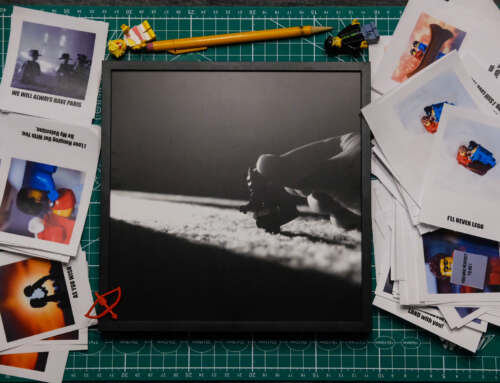
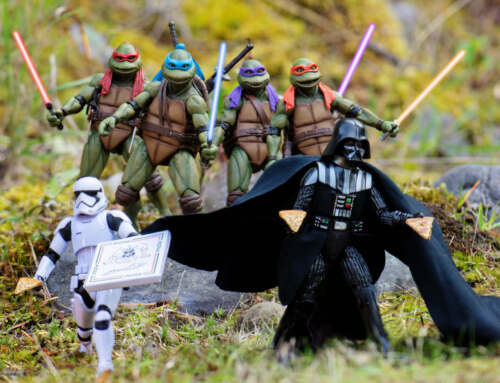
Thanks for this review! I was not aware such a lens even existed. It looks like the solution for so many problems I run into, especially photographing in narrow spaces. I guess I should take a closer look. I’m only afraid I don’t want to know the price.
Thanks for the review! If my budget ever allows for it I will definitely look into getting this lens. I appreciate understanding much more of how it works.